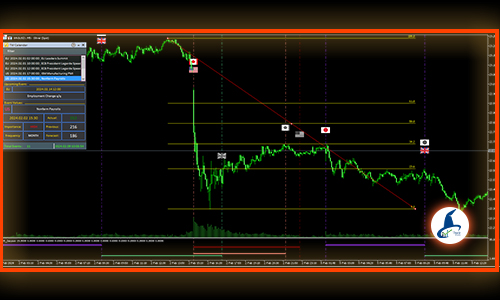
familiarity with the principles of Fibonacci and its application
Navigating the Markets:
Familiarity with Fibonacci Principles in Forex Analysis
For forex traders seeking an edge in the ever-shifting sands of currency markets, the enigmatic language of Fibonacci numbers and ratios might seem like a cryptic code. But fear not, for within this sequence lies a potential key to identifying support and resistance levels, pinpointing potential entry and exit points, and even gauging market sentiment. Let's delve into the fascinating world of Fibonacci and explore its application in forex analysis.

Fibonacci Retracements: Charting the Price Journey
One of the most popular Fibonacci tools for forex traders is the retracement level. Imagine a strong price movement, followed by a correction (retracement). Fibonacci retracements overlay key ratios (23.6%, 38.2%, 50%, 61.8%, and 78.6%) on this movement, suggesting potential areas where the price might find support or resistance and resume its original trend. These levels aren't magic, but they represent psychological price points where traders might react, creating potential turning points.
Beyond retracements, Fibonacci extensions can project potential price targets after a strong trend. Imagine a price surge, followed by a retracement. Fibonacci extensions extrapolate the initial trend using Fibonacci ratios, suggesting possible areas where the price might extend its journey. This tool helps traders anticipate potential profit zones and set realistic targets.
Experienced traders delve deeper with Fibonacci fans and arcs, adding another layer of complexity and potential insights. Fans radiate from a starting point, using Fibonacci ratios to create price channels, while arcs connect swing points with Fibonacci ratios, forming curved potential support and resistance zones. These tools offer a more dynamic view of price action, helping traders identify potential trend continuations or reversals.
While Fibonacci tools can be valuable, remember that markets are complex and influenced by various fundamental and technical factors. Don't just rely on Fibonacci analysis – use it as part of your larger trading strategy and cross-check signals with other indicators such as economic events, trading sessions of influential countries, etc.

Fibonacci Types: A Trader's Toolkit
Remember, mastering any tool takes practice and patience. Start with basic retracements and extensions, gradually incorporating other Fibonacci types as you gain confidence.
Disclaimer: This article is for informational purposes only and should not be considered financial advice. Please consult with a qualified financial advisor before making any investment decisions.
Happy trading
may the pips be ever in your favor!


